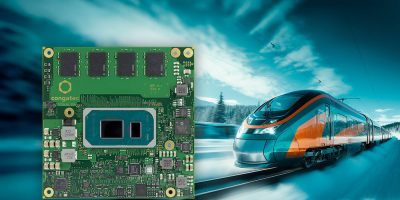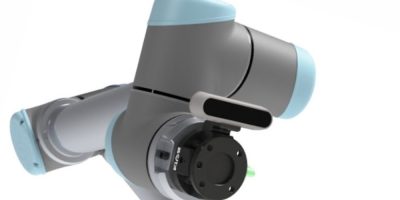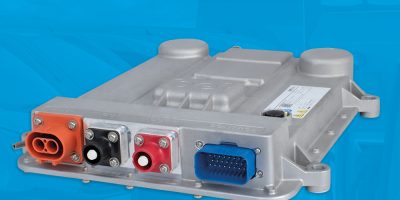Proven shock and vibration resistant for harsh environments, congatec’s conga-TC570r COM Express Type 6 Compact modules has been IEC-60068 certified for operation in railway applications and extreme conditions, such as extended temperatures, rapid temperature changes, shocks and vibrations.
The COM Express Type 6 Compact modules are based on the 11th Generation Intel Core processor family (code named Tiger Lake) and are suitable for operation in railway applications. Customers benefit from an application-ready building block with proven ruggedness for various mission critical applications, said congatec.
The IEC-60068 certified conga-TC570r module suits various new railway applications, including train control and management systems (TCMS), predictive maintenance, passenger information systems, video surveillance and analytics, ticketing and fare collection, and fleet management and optimisation. They are also suitable for applications beyond transportation exposed to extreme conditions including automation, autonomous guided vehicles (AGV), autonomous mobile robots (AMR). These applications require advanced embedded computing capabilities provided by Intel’s 11th Gen Core processor technology, noted congatec, in an industry-compliant design certified to meet all required IEC-60068 specifications.
The conga-TC570r module has undergone rigorous testing and certification against various IEC-60068 standards. It is certified for reliable operation under extended temperatures ranging from -40 to +85 degrees C, including change of temperature (IEC-60068-2-14 Nb) and rapid change of temperature (IEC-60068-2-14 Na). It also provides shock and vibration resistance on the basis of DIN EN 61373 April 2011 category 2 (railway applications). The module is also protected against severe environmental conditions, such as high humidity, in accordance with IEC-60721-3-7 class 7K3, 7M2. Optional features include conformal coatings to enhance resistance to liquids and moisture further.
The rugged COM Express Compact Type 6 11th Gen Intel Core modules with soldered RAM and In-Band ECC (IBECC) are available in standard configurations, 8from two cores and two threads to four cores and eight threads, up to 12Mbyte cache and 48 to 96 graphics execution units. Customisation options are available upon request.
congatec offers also corresponding carrier boards and comprehensive cooling solutions for its IEC-60068 certified COM Express module, allowing for fast application design. The heat pipe -based passive cooling ensured optimided heat dissipation and ruggedness, said congatec, thanks to the fanless design, which extends the module’s lifetime and reliability.
Additionally, congatec’s design-in and compliance measurement services for PCIe Gen4/5 and USB4 simplifies and accelerates application design, improving design security and reducing time-to-market.







